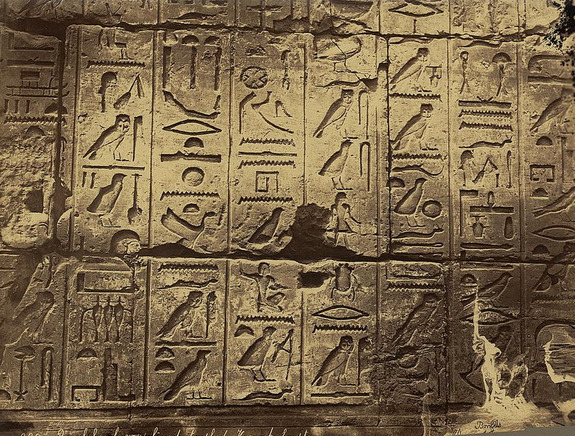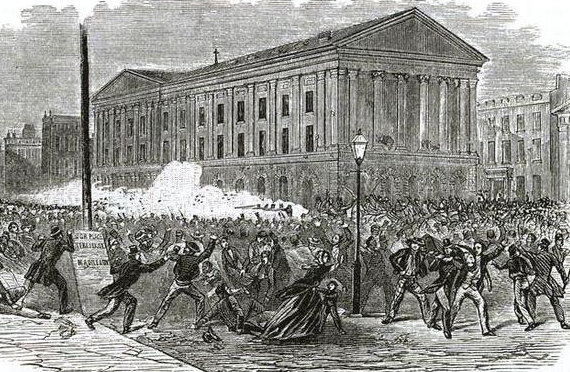What was on the menu for Ancient Egyptians? Bread, beer, and all good things…
In celebration of our most recent post on the Ancient stories that are being published in English for the first time, here’s a wonderful little piece all about what our beloved Ancient Egyptians were eating and drinking while they came up with all those glorious stories…
Bread, Beer, and All Good Things
The staple food was bread and beer, supplemented by onions or other vegetables and dried fish.
They eat loaves of bread of coarse grain which they call cyllestis. They make their beverage from barley, for they have no vines in their country.They eat fish raw, sun-dried or preserved in salt brine. —Herodotus, Histories 2,77
Meat was not eaten often by the fellahin [4]. Even the workers at Deir el Medina, certainly better off than the ordinary peasant, received meat supplies mostly on special festive occsaions only.[10] Growing domesticated animals for the sole purpose of meat production was (and still is) expensive. People sometimes supplemented their diet by hunting and fowling and by gathering wild fruit and roots. In the Tale of Sinuhe the protagonist, who had become a tribal chief, recounts:
Loaves were made for me daily, and wine as daily fare, cooked meat, roast fowl, as well as desert game. For they snared for me and laid it before me, in addition to the catch of my hounds. Many sweets were made for me, and milk dishes of all kinds.
Read (and see) the rest here.
Share



